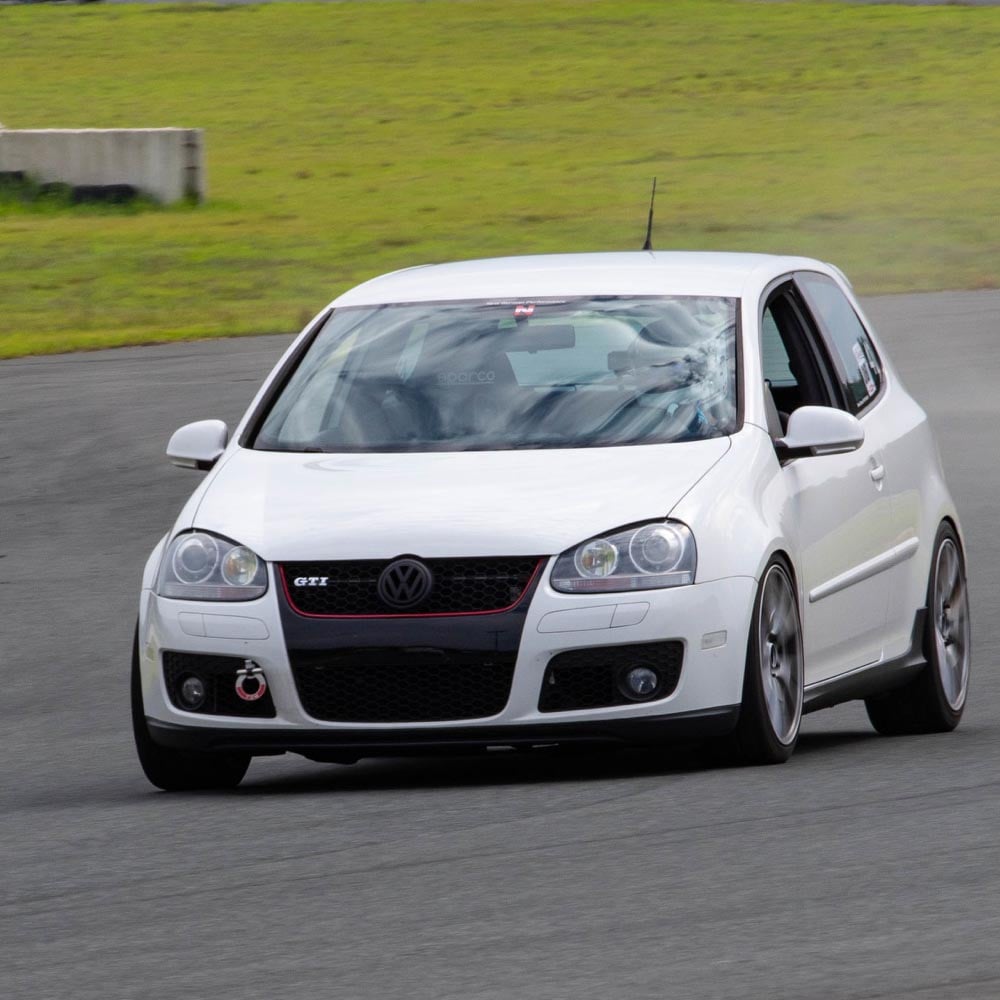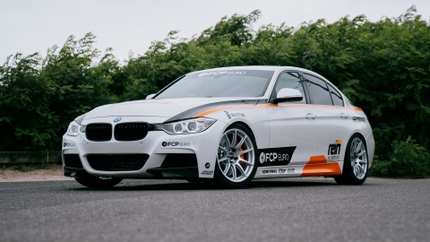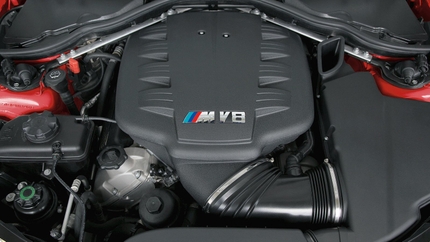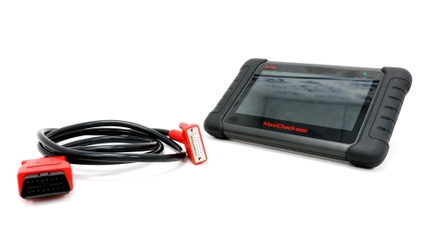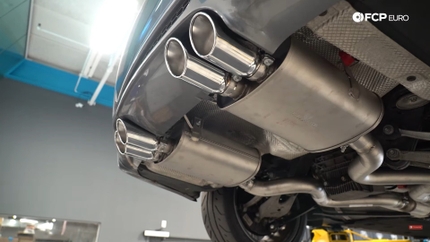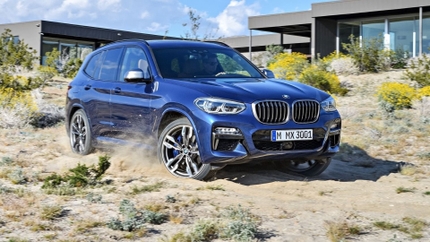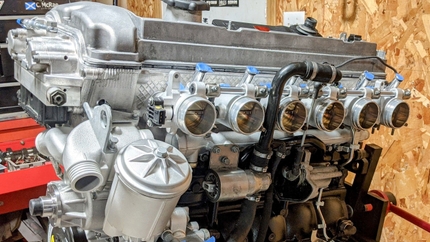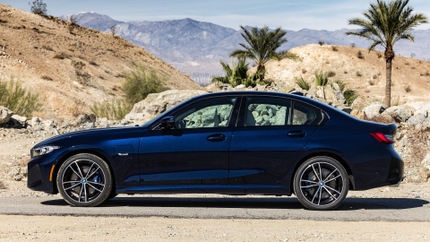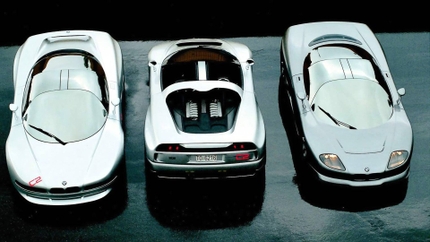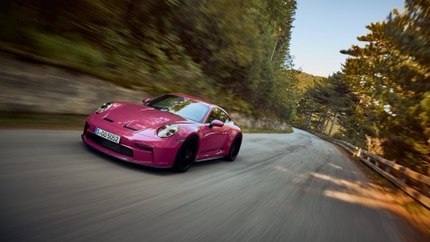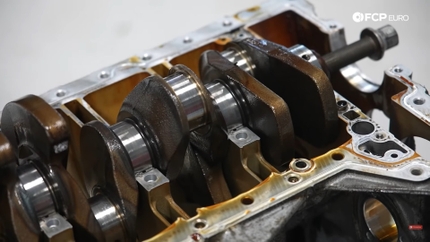Human beings are fascinating creatures. For all of our likenesses as people, thanks to nature, nurture, or a combination of the two, our brains develop in delightfully different ways, and we have very different ways of tackling the problems life throws at us. Take, for example, the solutions for distributing engine power to the wheels of a car.
It’s a seemingly simple problem, but every brand has its twist on making this happen. When it comes to all-wheel drive systems, it can be a bit overwhelming. So if you’re wondering what the difference is between Audi Quattro and BMW xDrive, wonder no more. We’re going to break down the differences of all the major European all-wheel drive systems, from Audi to Volvo, and everything in between.
Audi AWD (Audi Quattro)
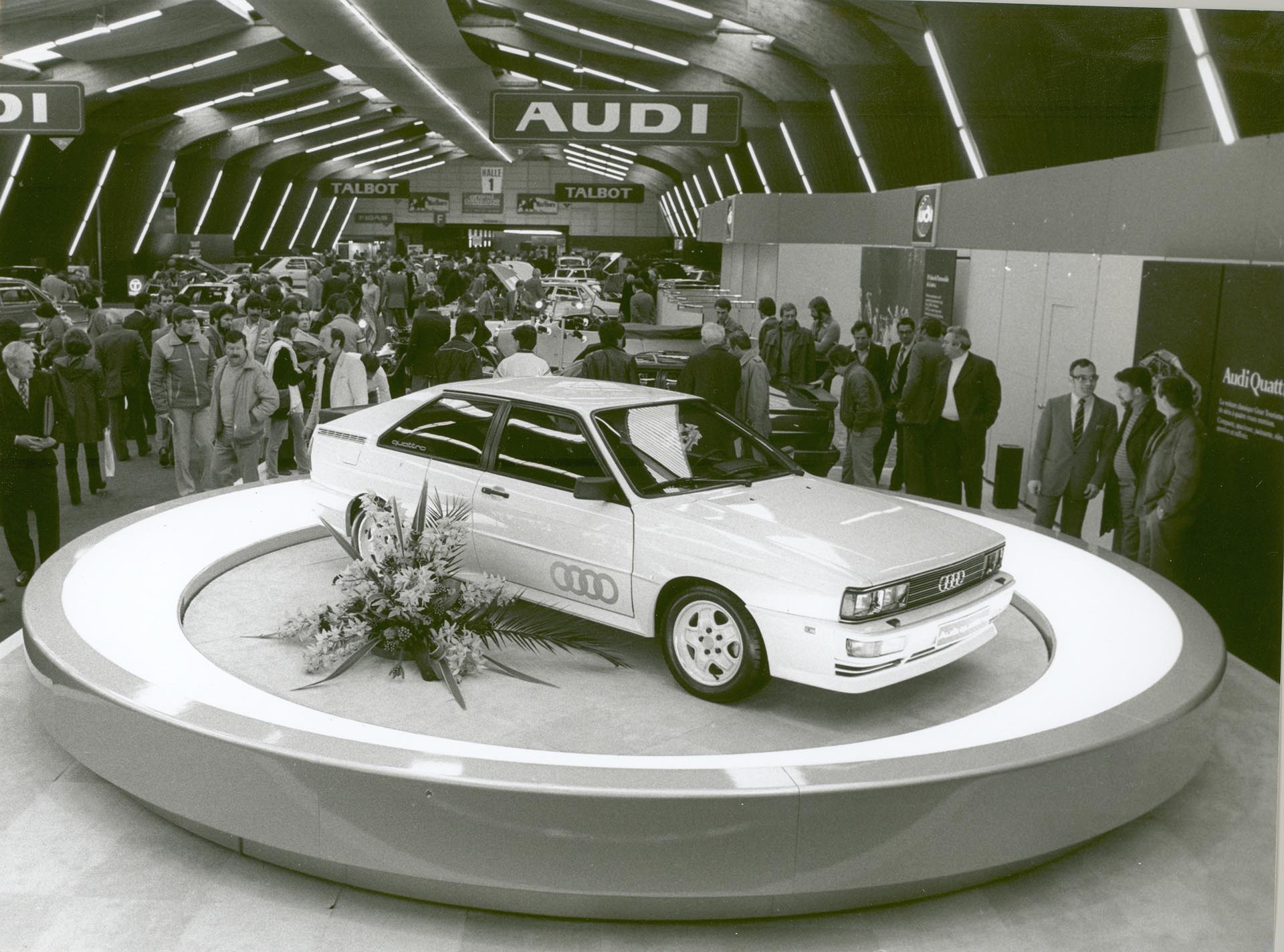
Audi is the originator when it comes to installing all-wheel drive systems in German luxury vehicles. Quattro itself is a brand name and is used on any AWD Audi, regardless of the exact all-wheel drive system in use in the car. As a rule, there are two kinds of systems branded as Audi Quattro. First, there is the traditional longitudinal engine and drivetrain with full-time mechanical Quattro, with its roots in rally racing, and used primarily in midsize and larger vehicles such as the Audi A4, A6, and A8. Then, the smaller platform cars have a transverse front engine and drivetrain that use a computer-controlled, on-demand Haldex all-wheel drive system. The Haldex-based Quattro cars include the TT (including the TTS and TT RS), A3, S3, and RS3. As you’ll see further down, Haldex is used across multiple brands and models and is not exclusive to Audi.

In 1980, Audi Quattro debuted, based around a system initially developed in the 1970s for the German military Volkswagen Iltis—basically their version of the Jeep or Humvee. In the late 1980s, Audi switched to the Torsen T1 center differential, which began the era of modern Quattro. It is a purely mechanical system, with minimal service or maintenance needed. It cannot be turned off or disabled without physically being removed or disconnected.
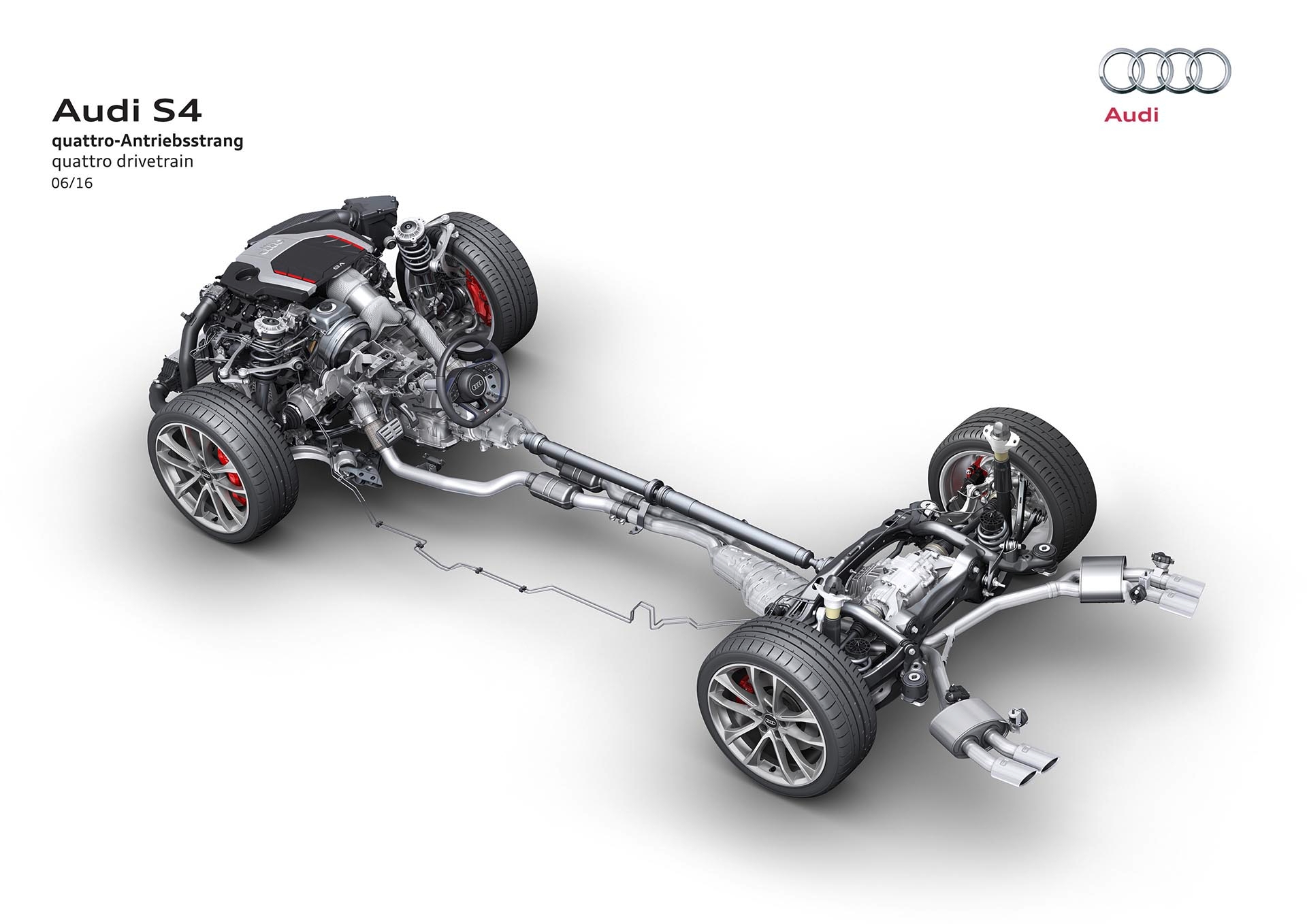
Torsen differentials can divert power from whichever axle is losing traction and send it to the axle with more traction without any noticeable intervention as far as the driver is concerned. Audi has used various Torsen differentials in its Quattro systems over the years, most of which have a 50/50 baseline torque split. Torsen differentials have a torque-bias ratio, which dictates the maximum power to be distributed front or rear. For example, a 3:1 rate can send up to 75% of total power to either the front or the rear. Torsen designs such as Audi Quattro require preload or some level of traction on both axles to function correctly.
A few Volkswagens sold in the USA use the traditional Audi Quattro all-wheel drive system, mainly Passat models, thanks to their close ties to the Audi A4 Quattro. These VWs include the Quantum Synchro and select B5 Passat 4MOTION models such as the Passat W8, GLX V6 4MOTION, and 1.8t 4MOTION.
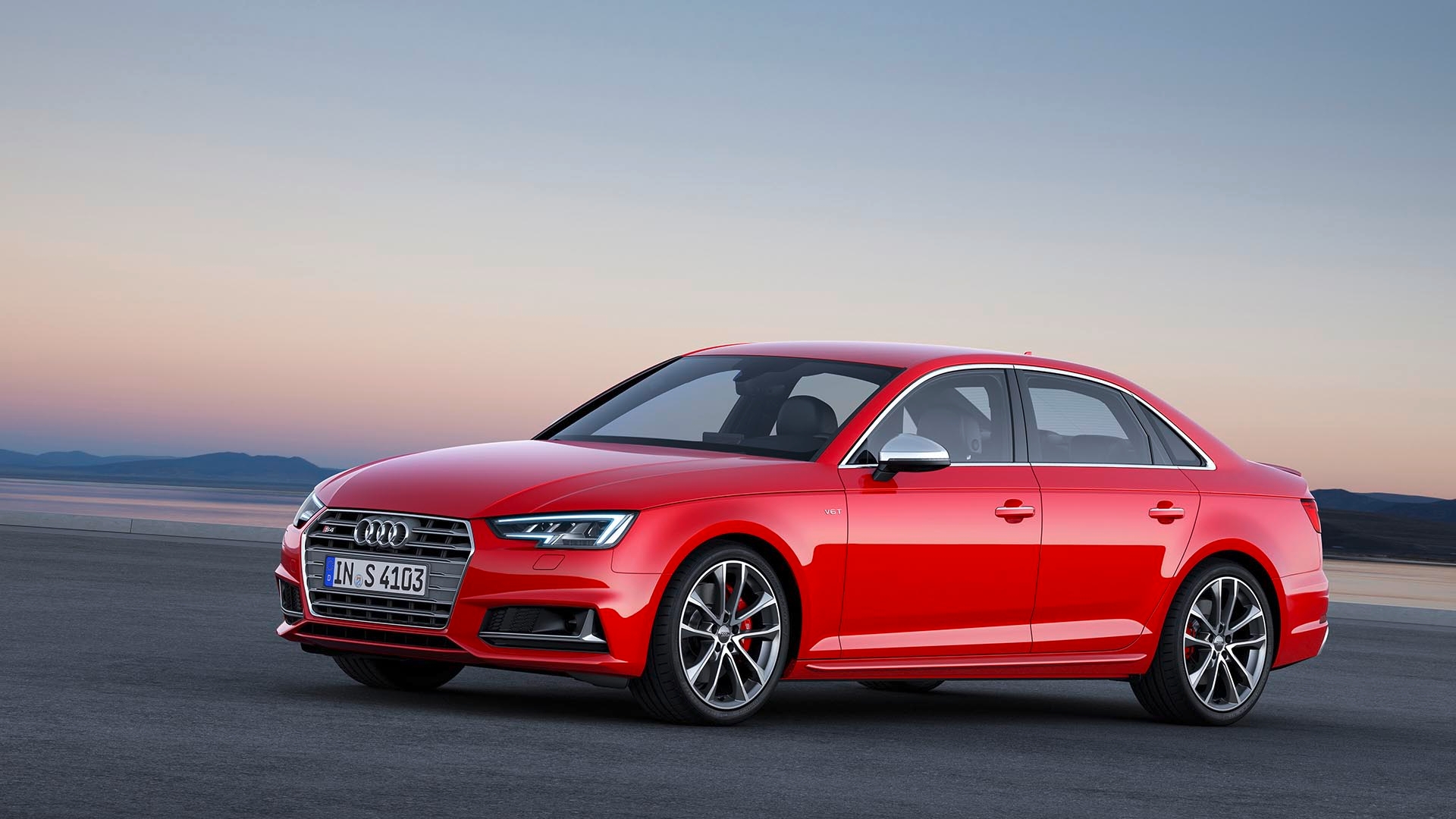
Audi currently uses either the Torsen T3 or their own Crown Gear differential depending on the car and model. The T3 and Crown Gear design feature a more sporting standard 40/60 front/rear power split. The Crown Gear design has several benefits over the Torsen unit. Where the T3 Torsen still has to work with its fixed torque-bias-ratio, the Crown Gear differential has a more flexible design. It can send between 85% of torque to the rear or 70% to the front and does not require any preload to lock fully. The Crown Gear differential was developed and introduced on the RS5 super coupe, and is a huge step forward in terms of performance and increased flexibility for the grandfather of all-wheel drive. Problems with the Audi Quattro systems are pretty rare. Thanks to the purely mechanical system and robust design, it is unusual to require Quattro service beyond changing gear oil and replacing a seal or carrier bearing on high mile units.
Haldex AWD (Volvo, Audi, Volkswagen)
Haldex all-wheel drive systems have been used by numerous manufacturers since its introduction in the late 1990s, including Volvo, Audi, and Volkswagen. Haldex, originally based in Sweden, was eventually acquired by BorgWarner, and the systems have continued to be updated and improved over the years. The basic concept of Haldex has not changed, and it is remarkably simple and effective.
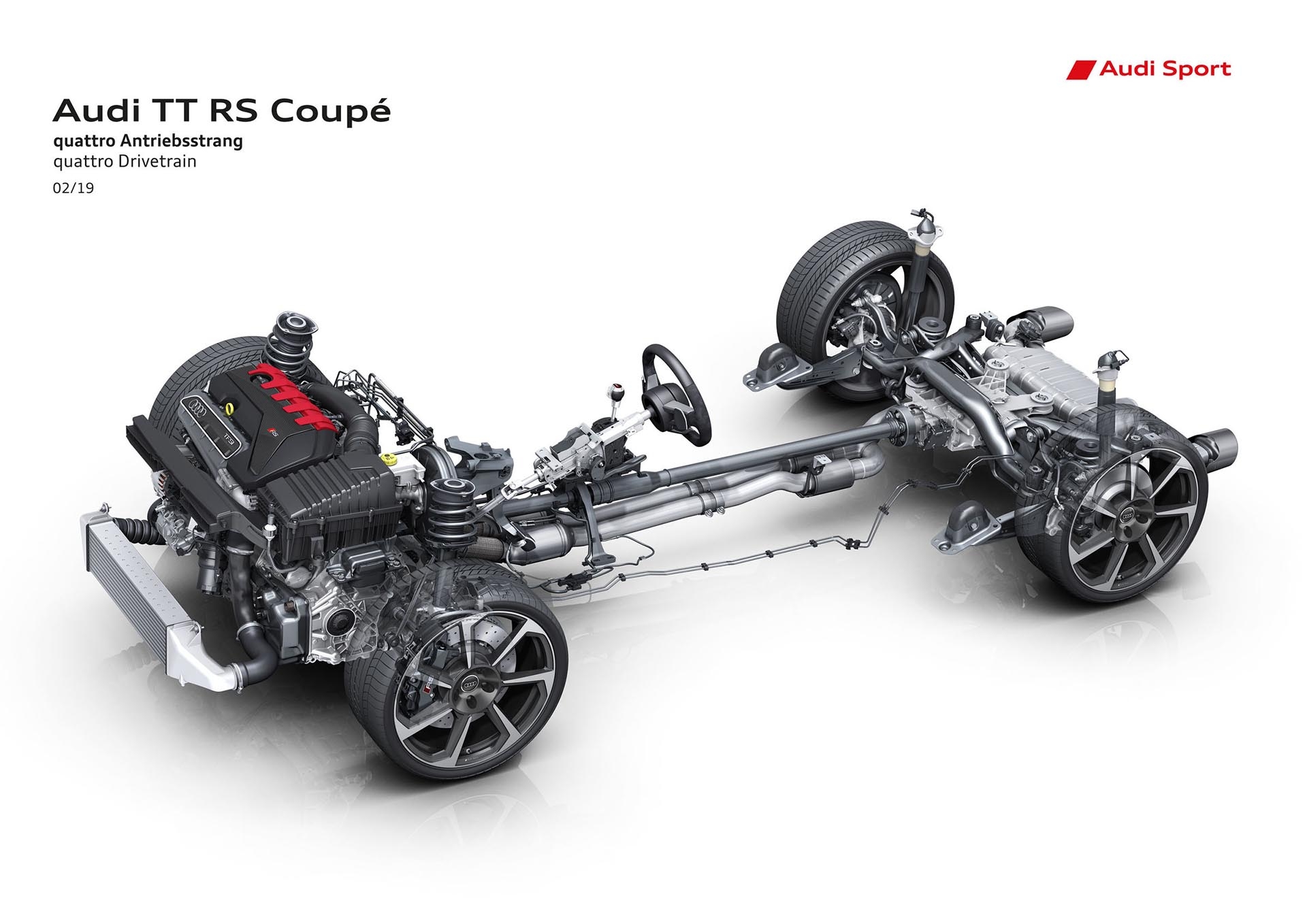
Haldex all-wheel drive systems are found on cars with transverse engine layouts that are front-wheel drive first, with an optional all-wheel drive option. Because of its compact design and layout, it’s ideal for an extensive range of applications and the tight packaging of a FWD platform. Typically, an add-on transfer case is attached to the front transmission, which sends power to the rear via a central driveshaft. At the rear, this is connected to the Haldex unit, which contains a computer-controlled clutch. The Haldex system is not active under normal driving conditions, so the rear wheels just spin freely like any other FWD car. This saves wear and tear and also reduces drivetrain drag, which gives better miles-per-gallon. The Haldex unit is connected to the car’s central electric system. It uses the available info such as ABS wheel speeds, steering angle, throttle input, and throttle angle to decide when and if it should activate. Once the control unit detects a difference in wheel speed between the front and rear, it enables and begins locking the clutch and sending power to the rear wheels. Generally, a Haldex system can carry 50% of maximum torque to the rear when needed, but programming does change this from car to car.
The latest Haldex systems (they’re up to version 5) are far more advanced than the early versions. Haldex is no longer merely a reactive system but proactive, stepping in to instantly balance traction and power, thanks to constant monitoring of the other car control units. Haldex AWD systems tend to be reliable but require regular service of the system’s gear oil. This is usually just a fluid and a filter change every 40,000 miles, but a car that sees more substantial use, such as increased engine power or track day driving, will benefit from more frequent changes. The latest generation 5 Haldex does not have a removable filter but a screen on the pump that should be cleaned whenever the fluid is changed. Failure of the control unit is generally rare, but it can happen, especially in cars that aren’t serviced properly.
Audi AWD (Audi Quattro Haldex)
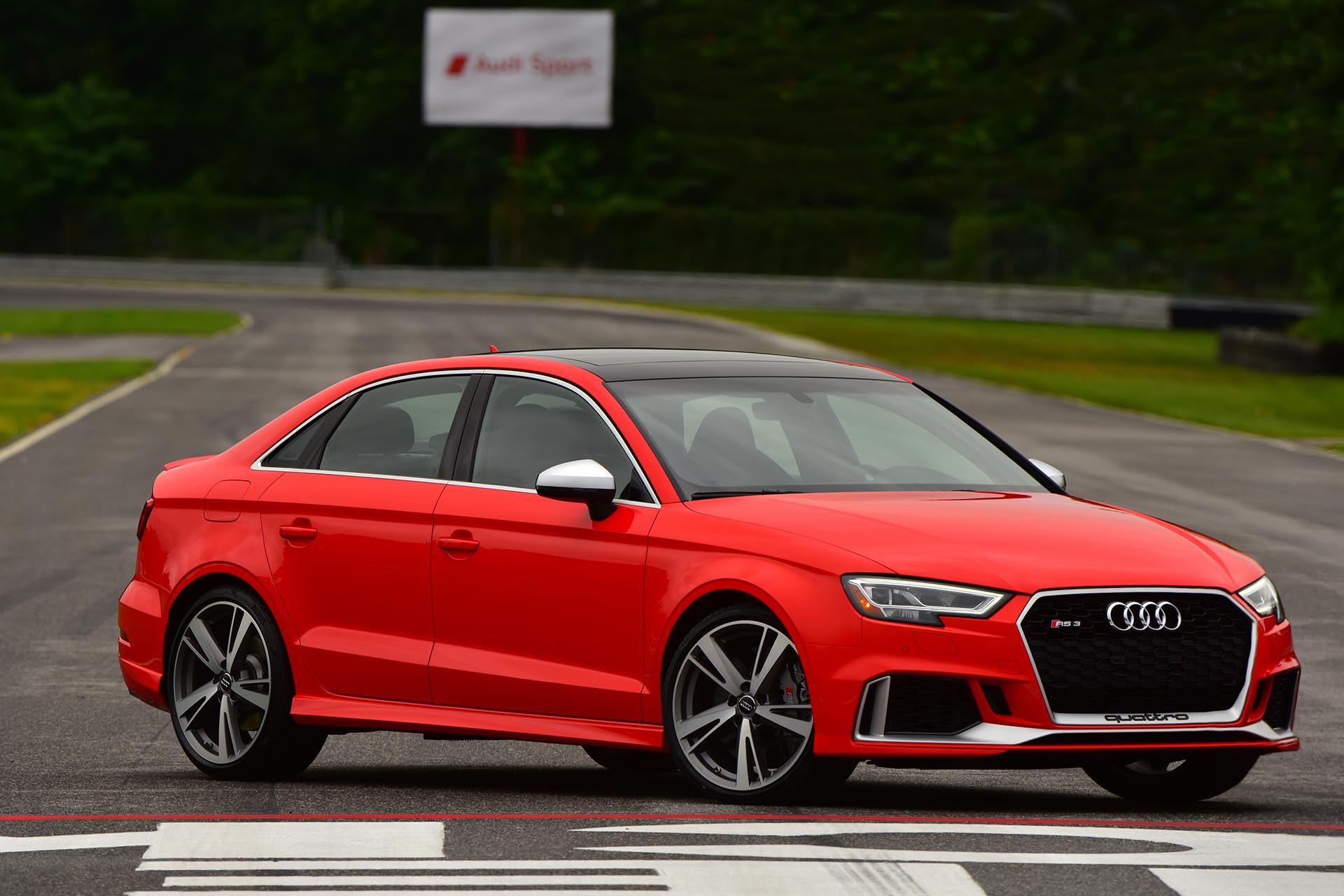
Audi introduced Haldex-based Quattro all-wheel drive on the 2001 Audi TT 225 Quattro. The TT uses a transverse engine layout based on the same basic chassis as the Volkswagen Mk4 Golf and Jetta. Basically, all of the compact platform Audis use Quattro-branded Haldex AWD, all the way up to the most recent RS3 super sedan and TT RS.
Volvo AWD (Haldex)
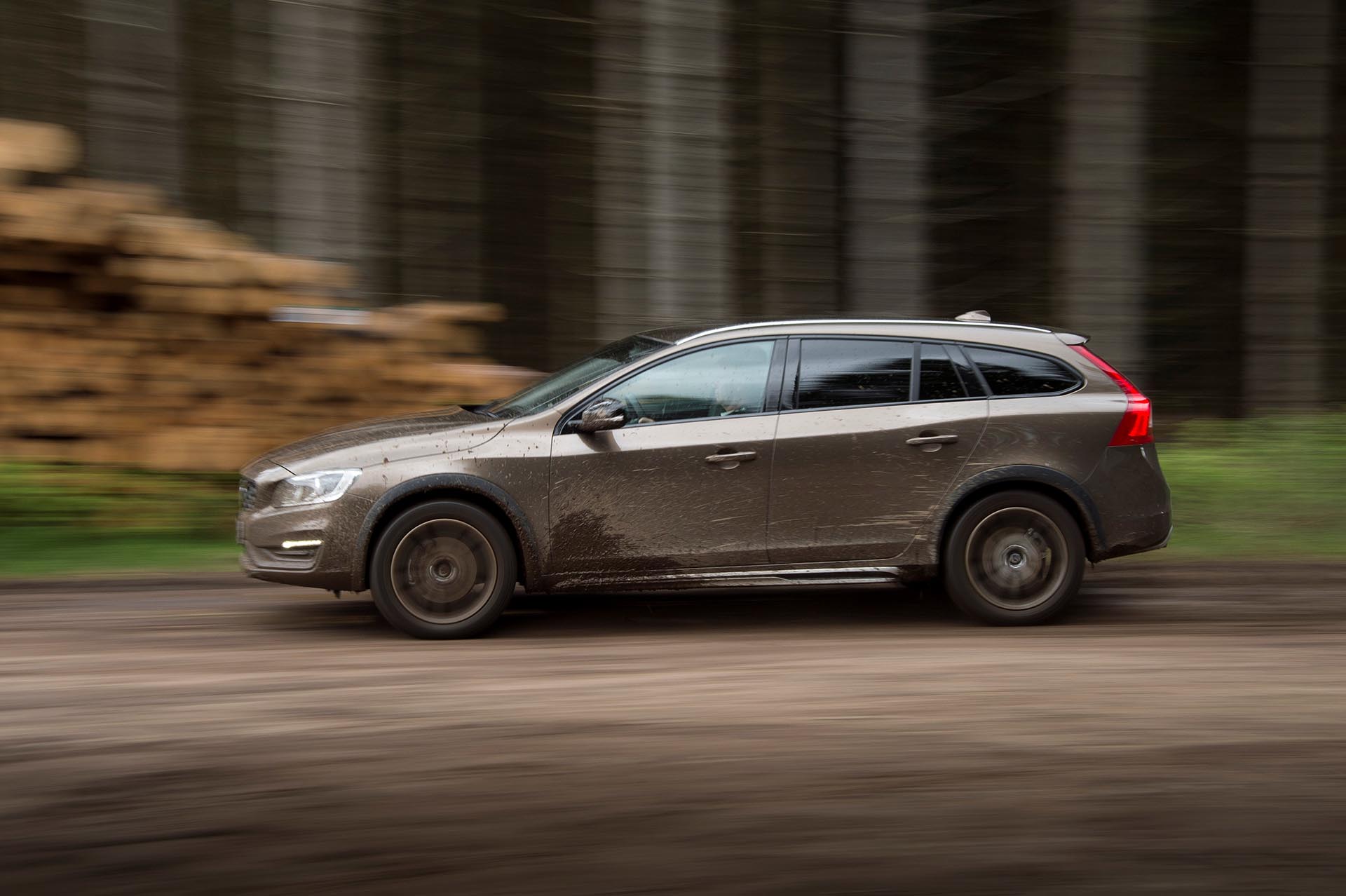
Volvo’s all-wheel drive history has developed very similarly to Volkswagen’s, with early examples based on a GKN viscous coupling design, and then followed by the adoption of Haldex. Of any of the brands, Haldex seems to make the most sense for Volvo since both companies are of Swedish origin. Unlike most other brands on our list, Volvo has not created its own brand name for their all-wheel drive models, letting a simple ‘AWD’ badge on the back handle that task. Volvo stuck with the viscous-coupling design until 2002, with the introduction of Haldex AWD on the V70 AWD.
Volvos, like all other Haldex-based AWD cars, utilize a transfer case driven off of the front transmission to send power to the rear. Volvo calls this a bevel gear, and it is a potential failure point. First, Volvo’s gear oil is considered a ‘lifetime fill,’ but ideally should be changed regularly, every 40,000 miles or so, whenever you’re servicing the rear Haldex unit and rear differential fluid. Secondly, the bevel gear design can be a bit fragile, and hard launches should be avoided as it can cause the bevel gear to break. Thankfully, a repair kit is cost-effective and can restore the drive to your rear wheels should your AWD Volvo have a bevel gear failure.
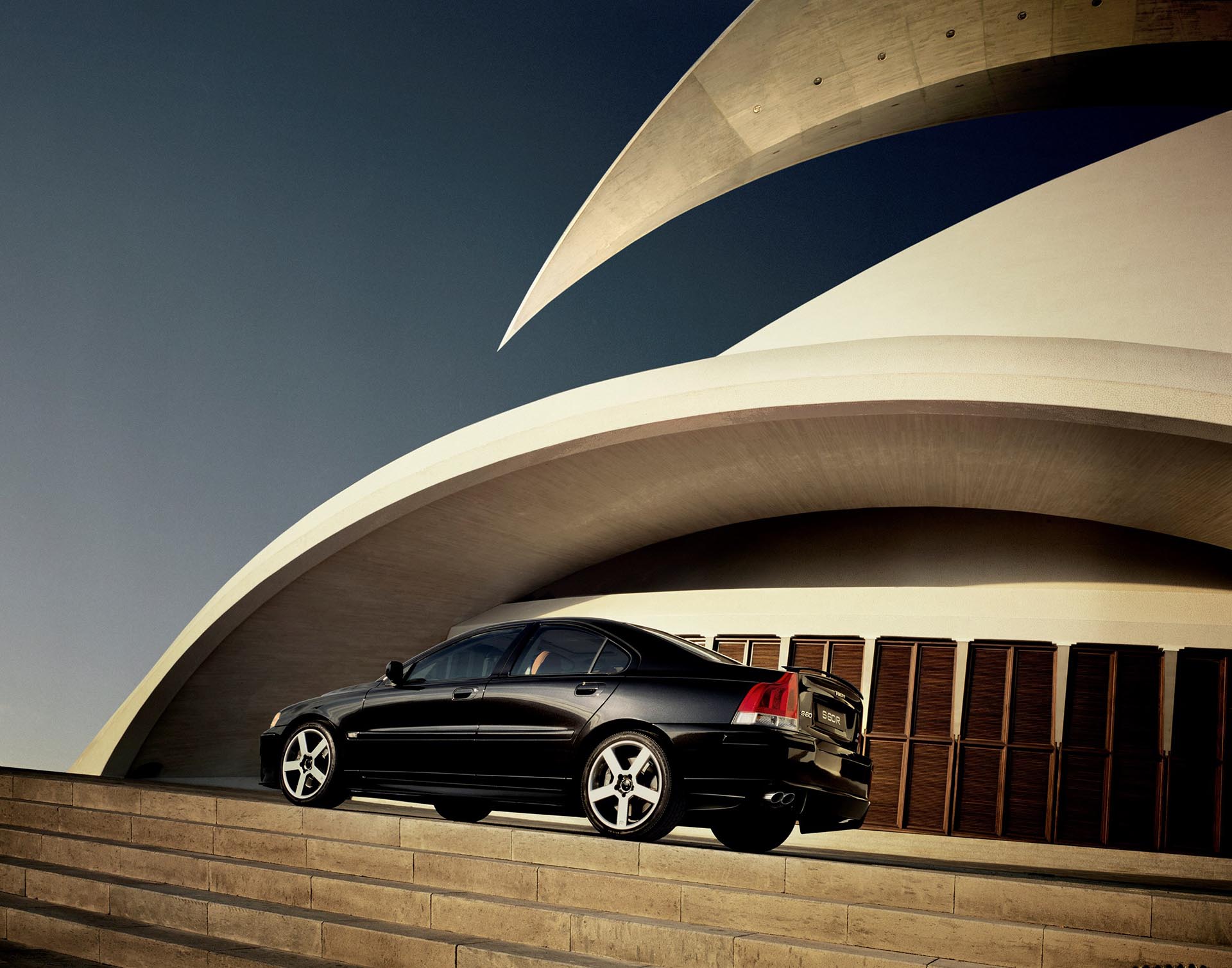
Volkswagen AWD (VW 4MOTION)
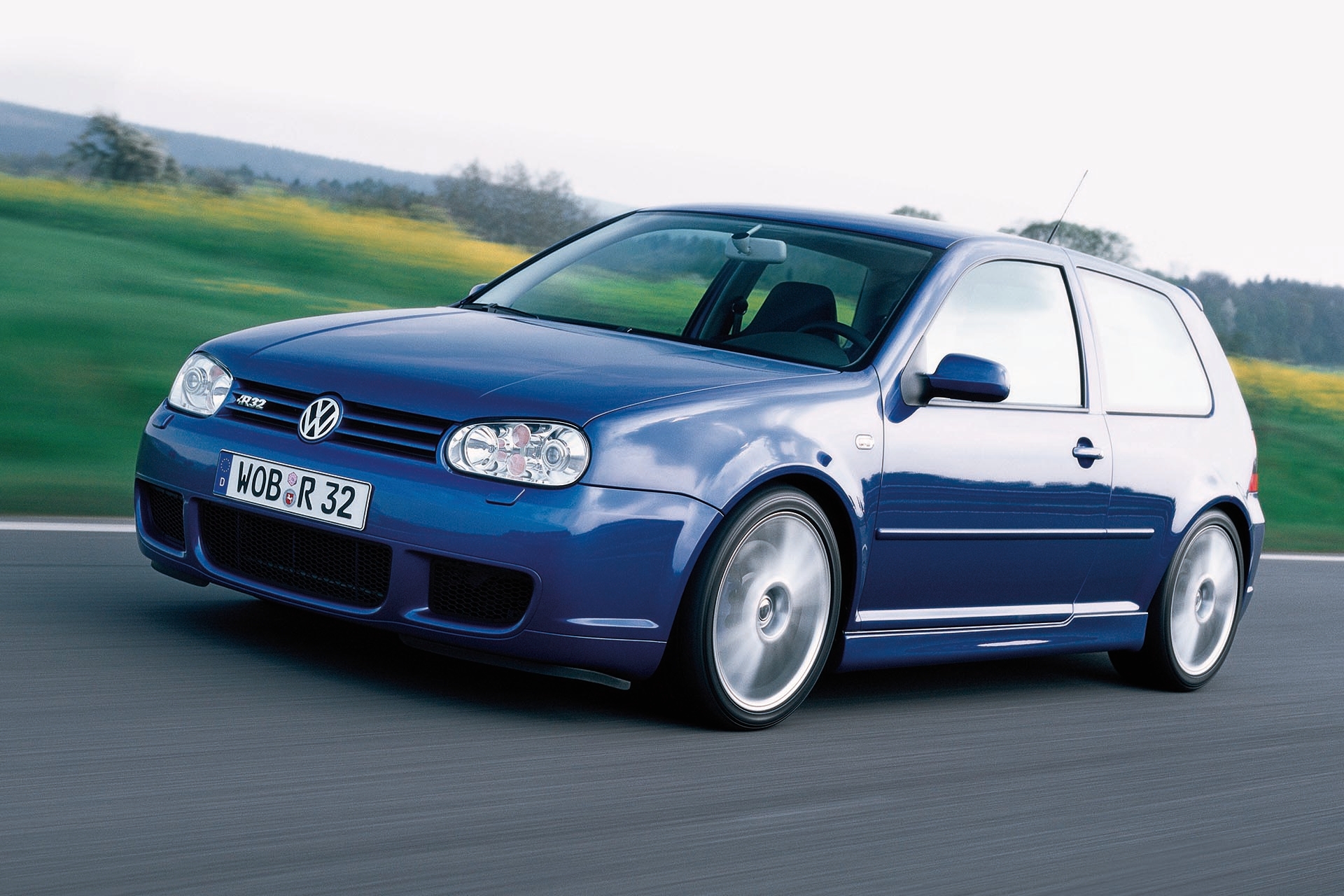
Volkswagen has been selling all-wheel drive versions of their Golf, Jetta, and Passat models since the early 1980s, almost as long as their sister brand Audi. VW initially used the Synchro moniker and utilized either a proprietary viscous coupling system on their transverse applications or the Torsen-type Audi Quattro on longitudinal applications. Synchro AWD is a passive system and works a lot like a mechanical version of Haldex, where the car remains front-wheel-drive until there’s slip at the front wheels and then the viscous coupling begins to lock. There are many drawbacks to this type of AWD, mainly down to response time and potential instability under braking if the rear wheels start to lock before the front. Synchro models are relatively rare in the USA, limited to only the Quantum Synchro, which was Audi Torsen based, and the Vanagon Synchro, which used the VW viscous-coupling system.
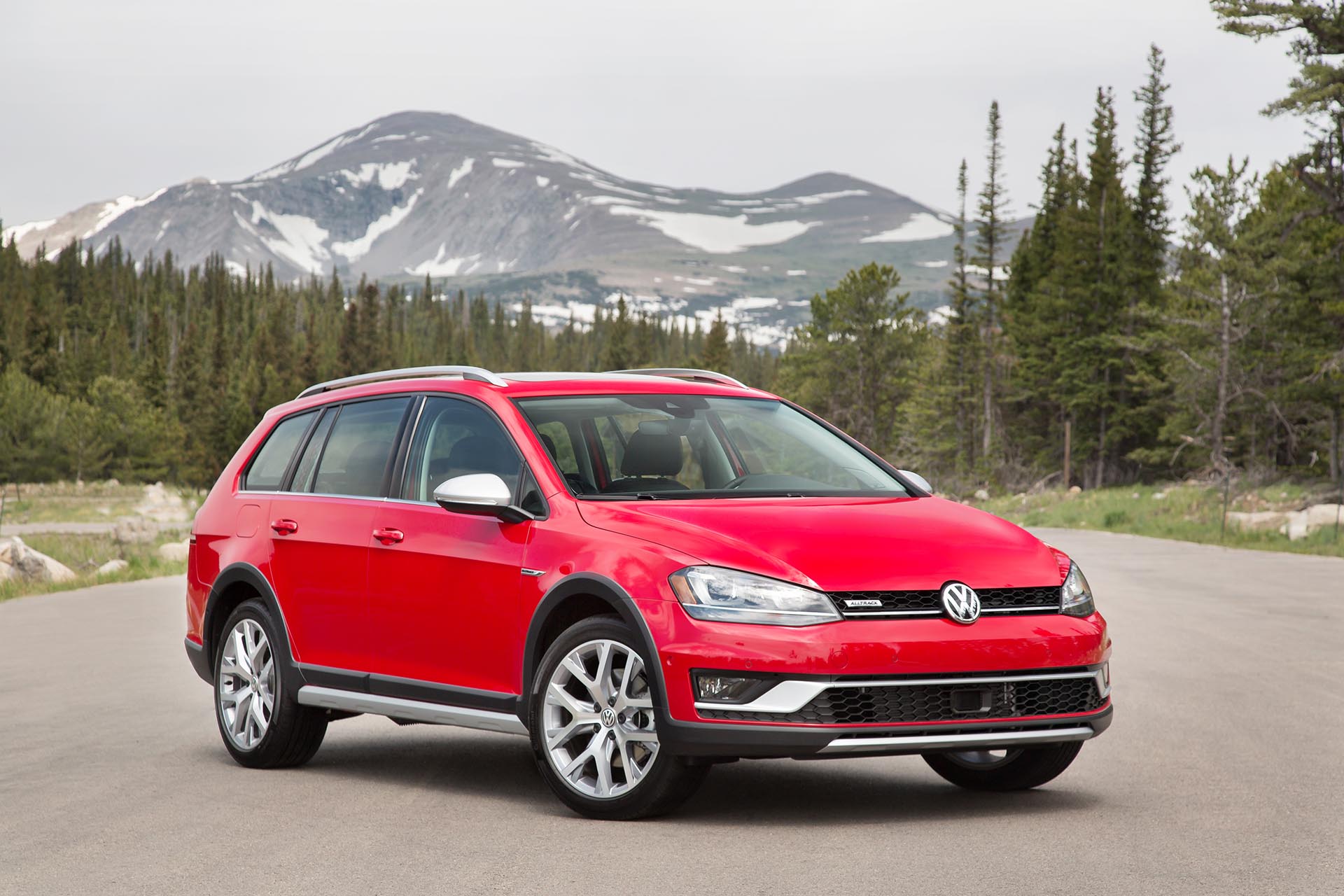
In the late 1990s, Volkswagen began marketing all of its all-wheel drive systems under the VW 4MOTION moniker. The first model to use the 4MOTION branding in the USA is the Audi Quattro/Torsen based B5 and B5.5 Passats, followed by the Haldex AWD Mk4 Golf R32 in 2004. 4MOTION as an option in the United States has been limited to the R32, Golf R, SUVs, and the Passat, until the Golf SportWagen 4MOTION introduction in 2017.
MINI AWD (MINI All4)
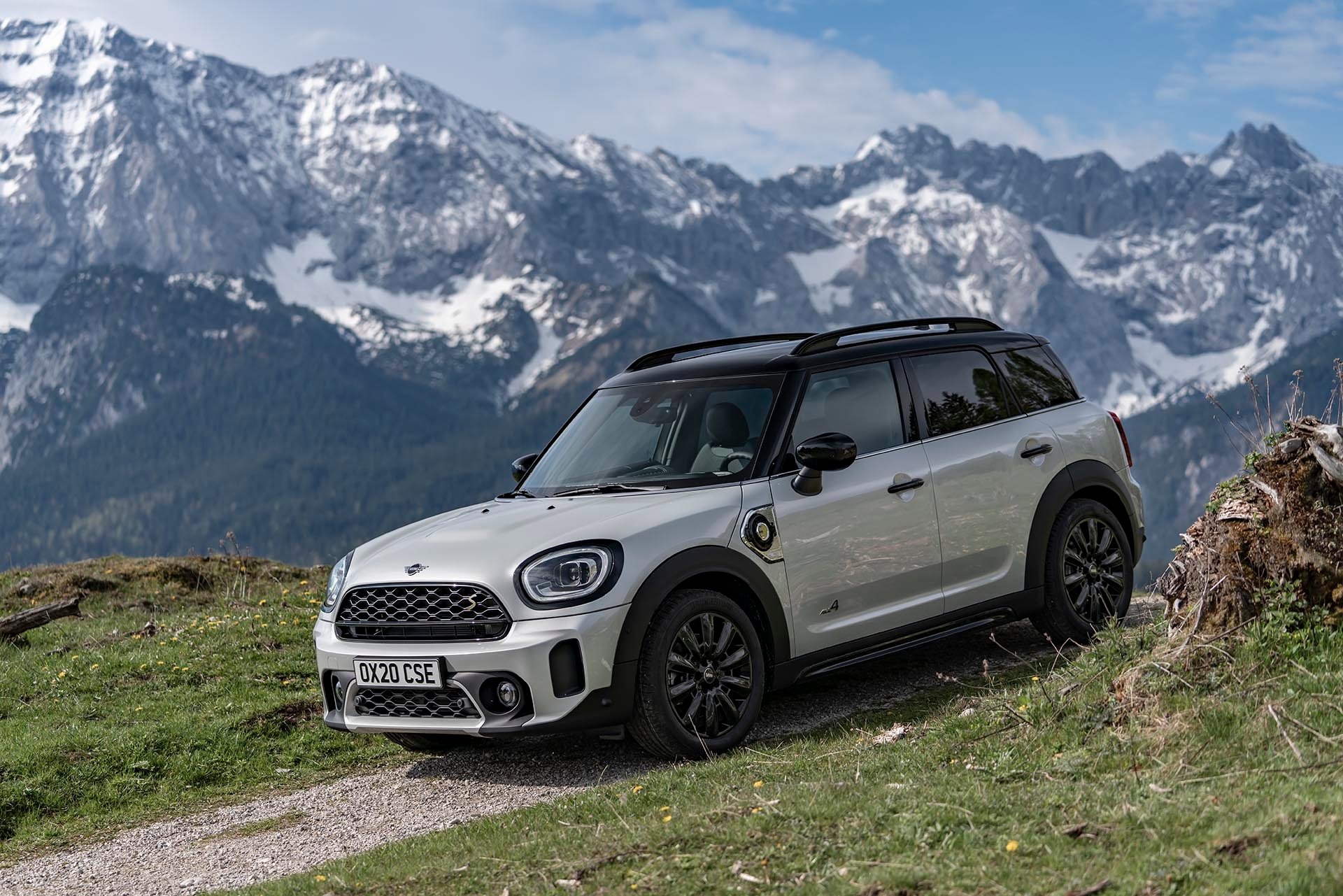
MINI being MINI, they have a unique and reportedly very effective all-wheel drive system that they market under the All4 insignia. You can simplify it and call it an electric version of the Haldex, but that would be doing a disservice to what sets it apart from that popular system. MINI’s All4, like cars featuring Haldex, is based around a transverse, normally front-wheel-drive layout. Like Haldex, it is an active system that monitors wheel slip and other parameters and sends power to either the front or rear of the car via an electronically controlled clutch. While Haldex and other systems use hydraulic wet clutches with a pump to engage them, MINI’s All4 drive system uses a GKN-developed electromagnetic clutch. The result is said to be more efficient, lighter, and more compact in terms of design. The control unit is also fully integrated into the ABS and stability management systems, which is said to provide a quicker response.
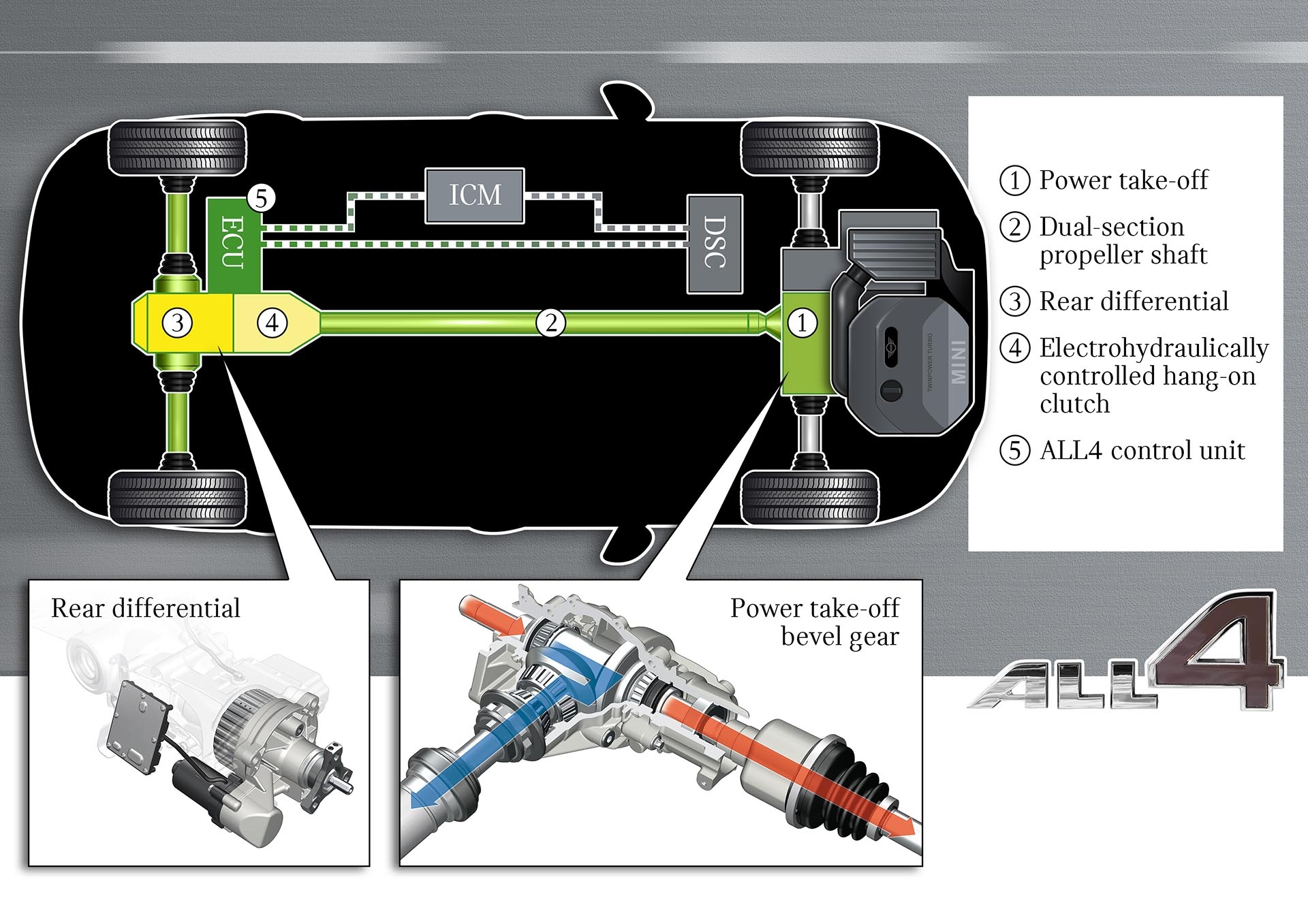
The other thing that sets the MINI All4 apart is the way it splits torque. From the start, MINI All4 has a maximum 50/50 torque split when fully engaged, not unlike many other systems on the market. What’s different is that All4, although based on a FWD platform, has this 50/50 power split as the baseline torque split, and it is not front-wheel-drive first, like the systems we’ve talked about from Audi, Volkswagen, and Volvo. To maximize fuel efficiency, however, as the vehicle’s speed increases, the All4 system slowly bleeds torque towards the front until power is only going to the front wheels once it’s above 80mph. Assuming no wheel slip, of course. It’s primarily for traction and safety versus pure performance, but the All4 is a pretty trick solution. MINI introduced AWD on the MINI Countryman S All4 and has expanded it into other MINI Cooper All4 models since then.
Transfer case problems are reportedly an issue on some earlier models (pre-2014) and typically presents itself as a significant vibration at speed, or a persistent noise similar to cupped or unevenly worn tires. The transfer case is an expensive item, so if you’re looking to purchase a used All4 MINI and notice any significant noise or vibration at speed, it may be a vehicle to avoid.
Porsche AWD (Porsche Traction Management)
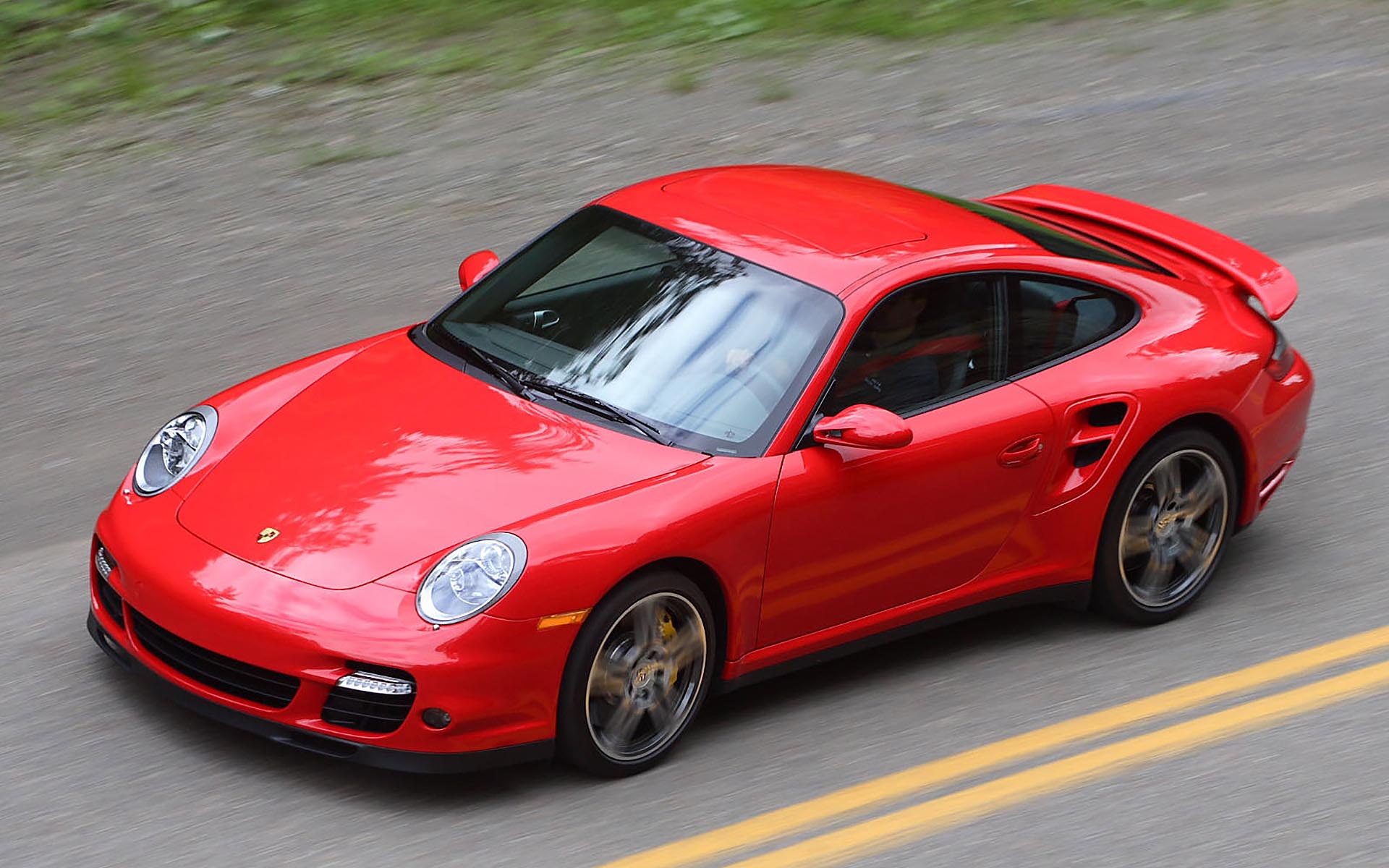
Porsche has been playing with all-wheel drive since the debut of the 959 supercar in the 1980s. The 959 was the first Porsche production car to use AWD, as it was designed to enter Group B rally competition before the class was disbanded in 1986. The 959 went on to win the Paris Dakar rally, and it’s all-wheel drive system eventually trickled down into the 964 911 Carrera 4. While the Carrera 4 featured a heavy-duty design, with three differentials plus a multi-plate clutch designed to withstand the rigors of rally, Porsche eventually adopted a viscous-coupling system to replace it on the 993. While not technically advanced, it did the job and did it well in terms of weight, complexity, reliability, and performance. The early 997 Carrera 4, Carrera 4S, and 996 Turbo are the last 911 models to feature the older viscous coupling design.
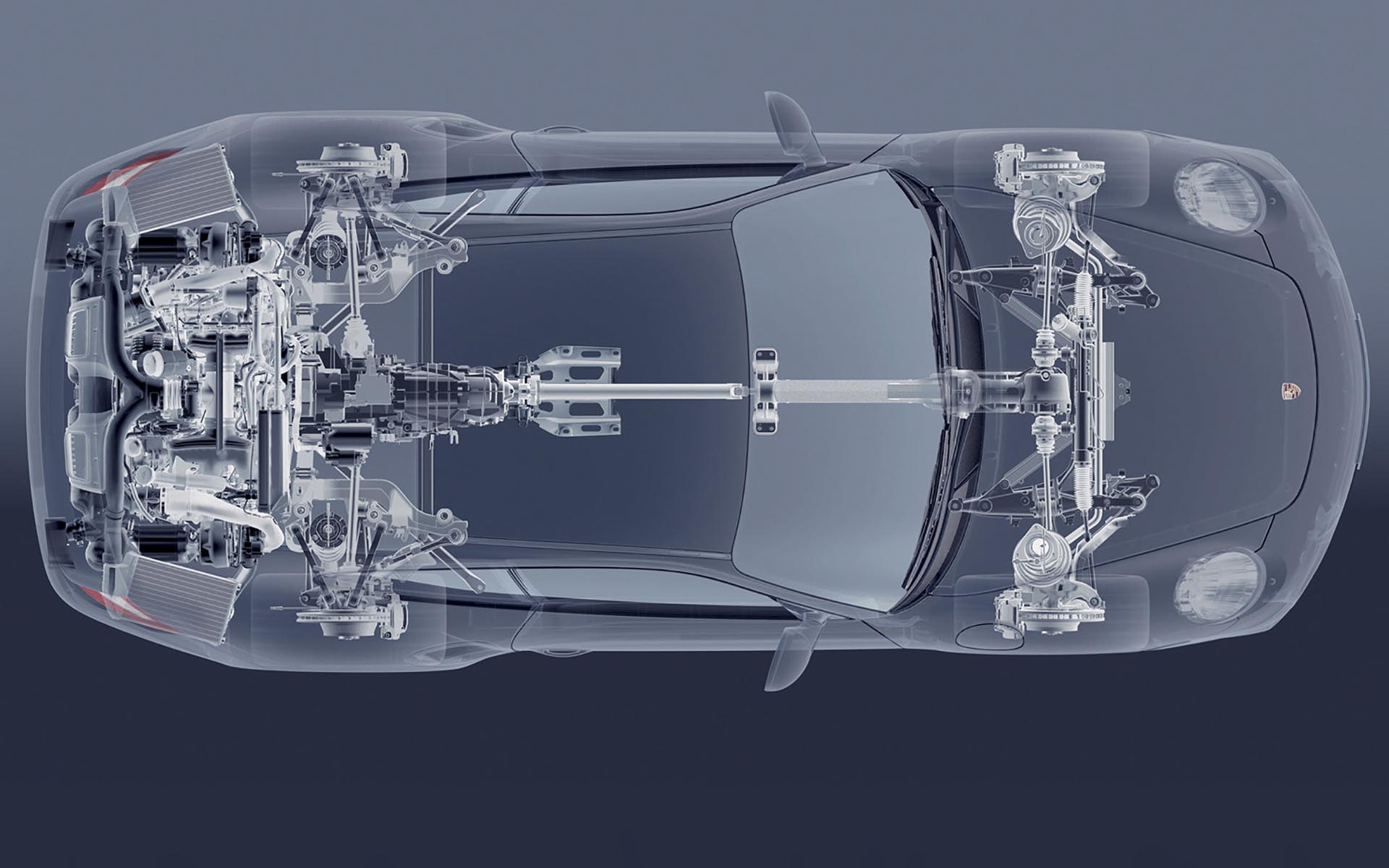
Porsche loves its acronyms, so when revamping its all-wheel drive system, they officially branded it as Porsche Traction Management or PTM for short. PTM debuted on the Cayenne SUV but was quickly expanded into the ‘proper’ Porsche line up with the 997 Porsche 911 Turbo. On the Cayenne, PTM is a full-time AWD system with a 38/62 torque split, and a self-locking center differential, and is very similar to the non-Haldex Audi Quattro systems.
On the 997 Turbo and other performance models, the PTM system itself is similar to the MINI Cooper’s All4, with a front and rear differential and an electro-mechanical multi-plate clutch to handle splitting the power and torque between the front and rear axles. The exact torque split will vary depending on the model and the driveline layout. For example, on a 911, the car remains 100% rear-wheel-drive until the system’s control unit detects slip, or decides it needs to activate based on input. Once activated, the system will begin locking the differential and sending power to the front while determining the torque split to be applied by considering all other inputs such as throttle angle, steering angle, vehicle speed, yaw, and g-loading. Porsche also utilizes computer-controlled torque vectoring on the rear axle to increase handling performance.
Porsche’s ability to program software that optimizes the PTM system for whatever car it is installed means it can be used for on-road or off-road performance alike. Porsche has many all-wheel drive 911 models, but the modern active PTM system was not installed across the full 911 model lineup until 2009. 993, 996, and earlier 997 models, aside from the 997 Turbo, still used the viscous-coupling system.
BMW AWD (BMW xDrive)

BMW’s first attempt at selling an all-wheel drive model in the USA was less-than-successful, with the much-loved but seldom-sold BMW E30 325iX fading from sales floors in the early 1990s. The 325iX featured a large, somewhat complicated viscous-coupling based AWD system that worked well but didn’t lend itself to wide-spread adoption across the rest of the BMW model lineup.
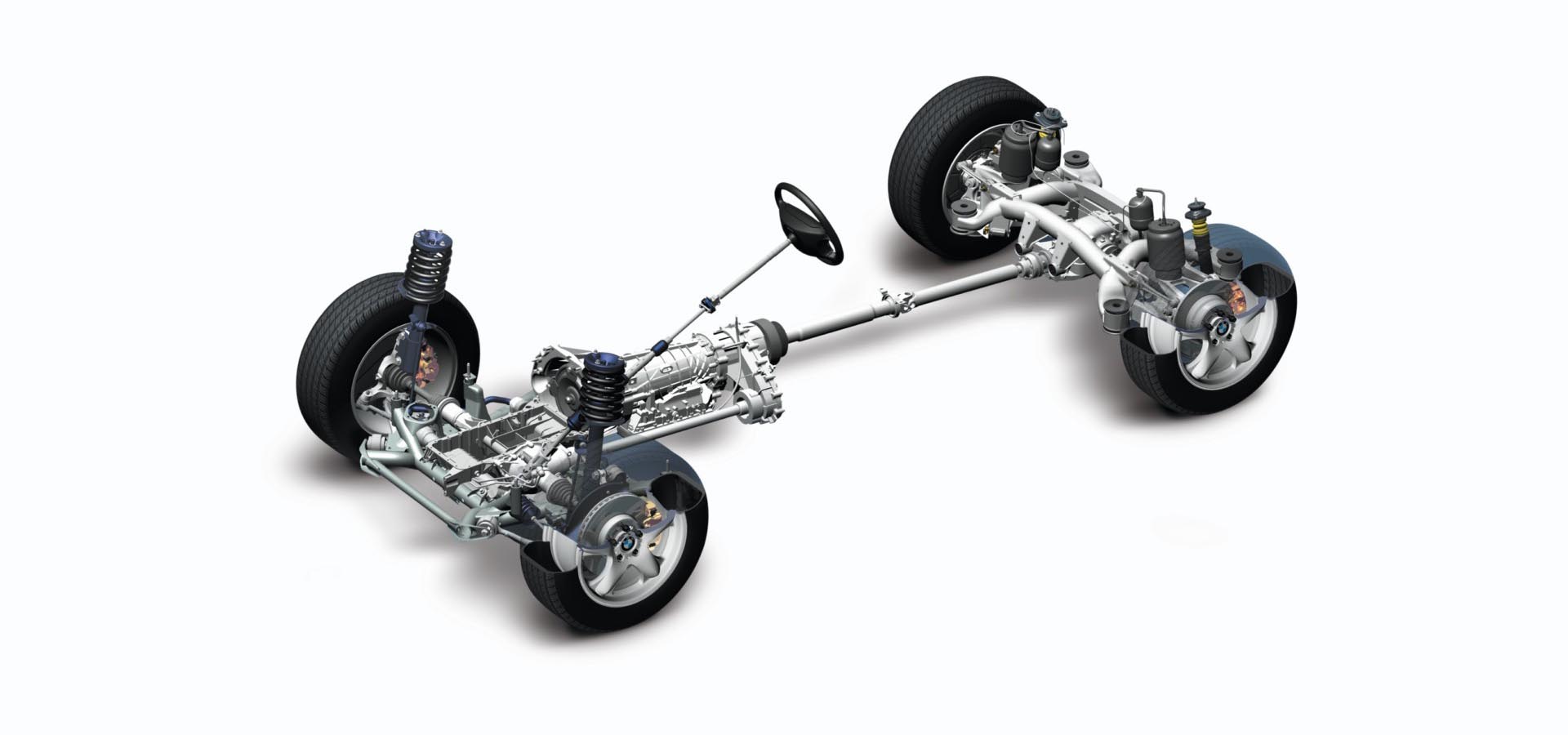
It was a solid 10 years or so before BMW reintroduced AWD into their model line up with the BMW X5, and its new AWD system, now dubbed xDrive. xDrive, like Haldex-based Quattro, 4MOTION, All4, and PTM, utilizes an active, electronically controlled wet-clutch to split power between the front and rear axles. The transfer case sits at the rear of the transmission and has a driveshaft that runs forward to drive the front differential. The standard split is a rear-biased 40/60, which gives any xDrive-equipped BMW the feel of a proper BMW.
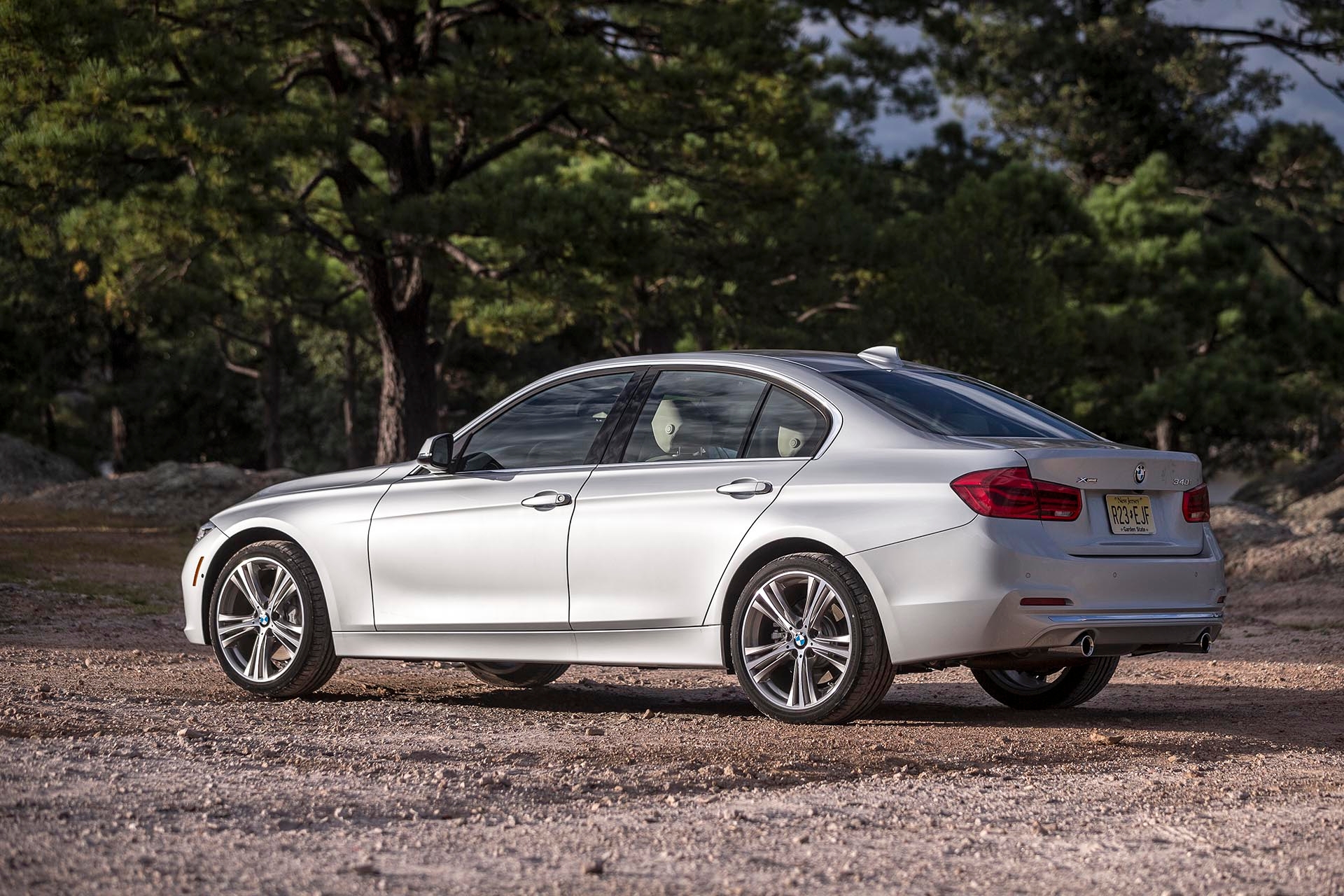
The electronic control unit monitors wheel and vehicle speed, slip, throttle angle, steering angle, and other inputs, to determine how much power to send either front or rear. As it steps in, the electronic motor spins the pump and creates pressure in the hydraulic system, locking the clutch plates. BMW xDrive systems can send 100% of available torque to either the front or rear axle, providing extreme flexibility, traction, and performance for drivers of BMW SUVs and sedans alike. xDrive has been extremely popular with BMW buyers, and like Audi before it, BMW has become strongly associated with all-wheel drive performance.
The F90 M5 is the first xDrive equipped BMW that can be either rear-wheel-drive or all-wheel drive, depending on the selected drive mode. The very newest X1 and X2 xDrive models are equipped with the same all-wheel drive system as the All4 MINI Cooper models.
Mercedes-Benz AWD (Mercedes 4MATIC)
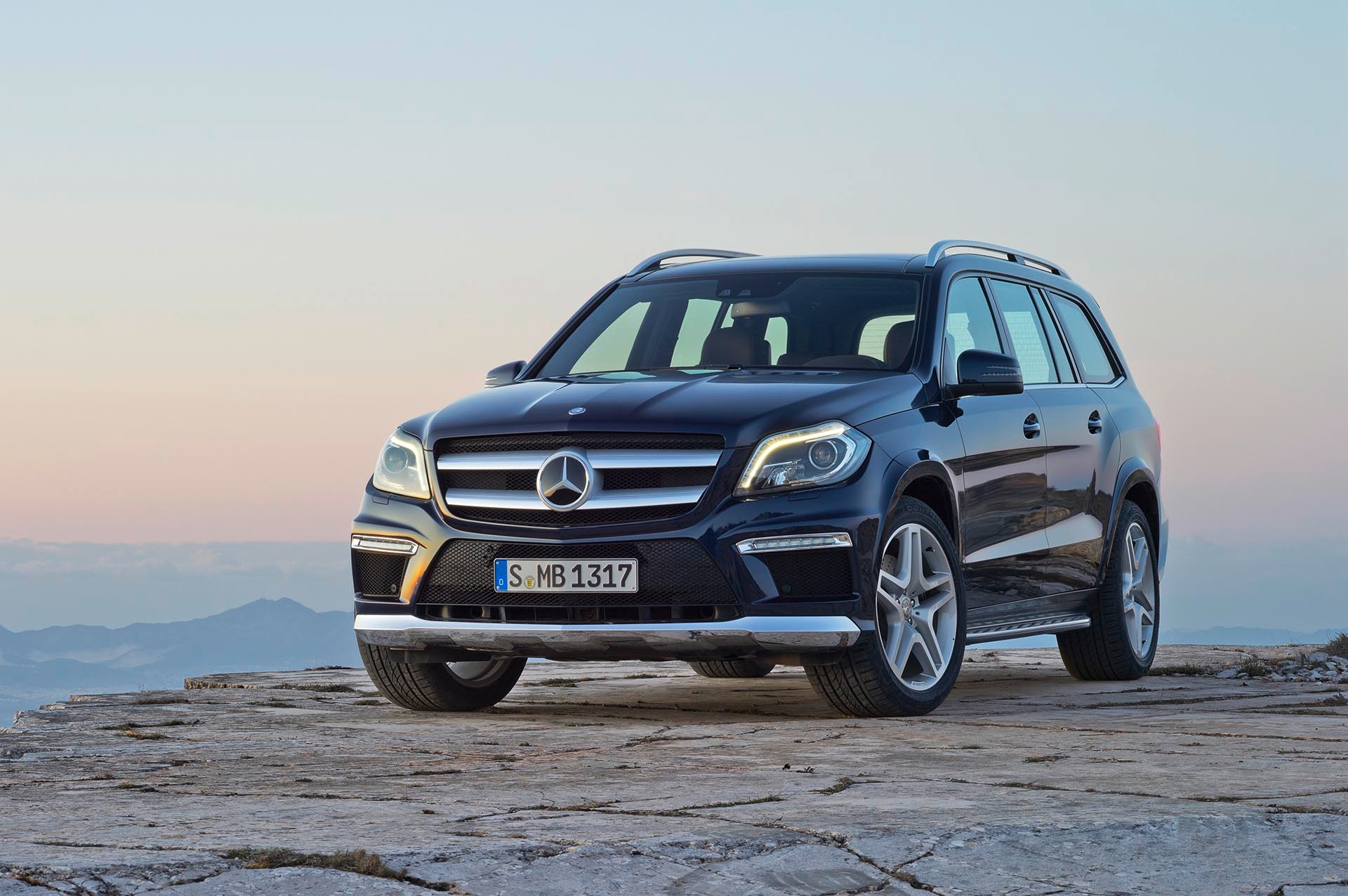
Mercedes-Benz has almost followed what some could call a backward development of their 4MATIC all-wheel drive system. First introduced in 1987, the original 4MATIC AWD system was a highly advanced computer-controlled system with a hydraulically-activated center clutch/differential used to split power. The center differential unit contained two clutches, and early 4MATIC models featured three different drive modes, with varying torque splits for each, including a setting for full-time RWD. Lacking the CAN bus systems of modern cars, the early 4MATIC system used only wheel speed and steering angle to determine how and when to engage and distribute power. It was a competent system for the time as well as extremely complex, and the first generation 4MATIC ultimately proved to be relatively unreliable.
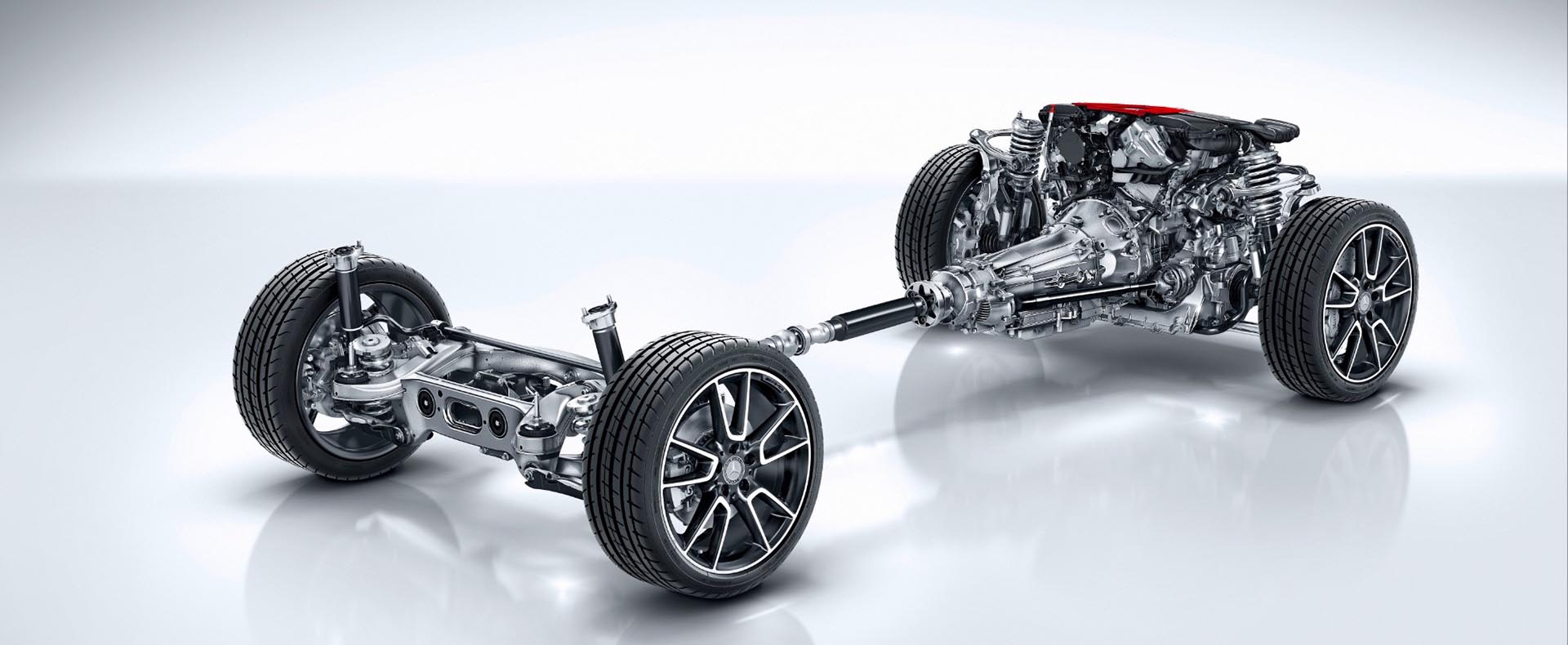
With the re-introduction of 4MATIC in the late-1990s on the W210 E-class, Mercedes decided to go with a passive full-time AWD system. Of all the all-wheel drive systems we’ve reviewed here, the standard Mercedes 4MATIC design is the closest to traditional Audi Quattro. Mercedes-Benz 4MATIC has either a 45/55 or 35/65 rear-biased torque split depending on whether it has a 7-speed or 5-speed transmission. The torque-sensing center differential sends up to 70% of power to either the front or the rear depending on needs and conditions. Much like Audi Quattro, Mercedes 4MATIC utilizes the ABS braking system as part of the Mercedes Electronic Traction System (ETS) to manage power delivery and wheel slip.
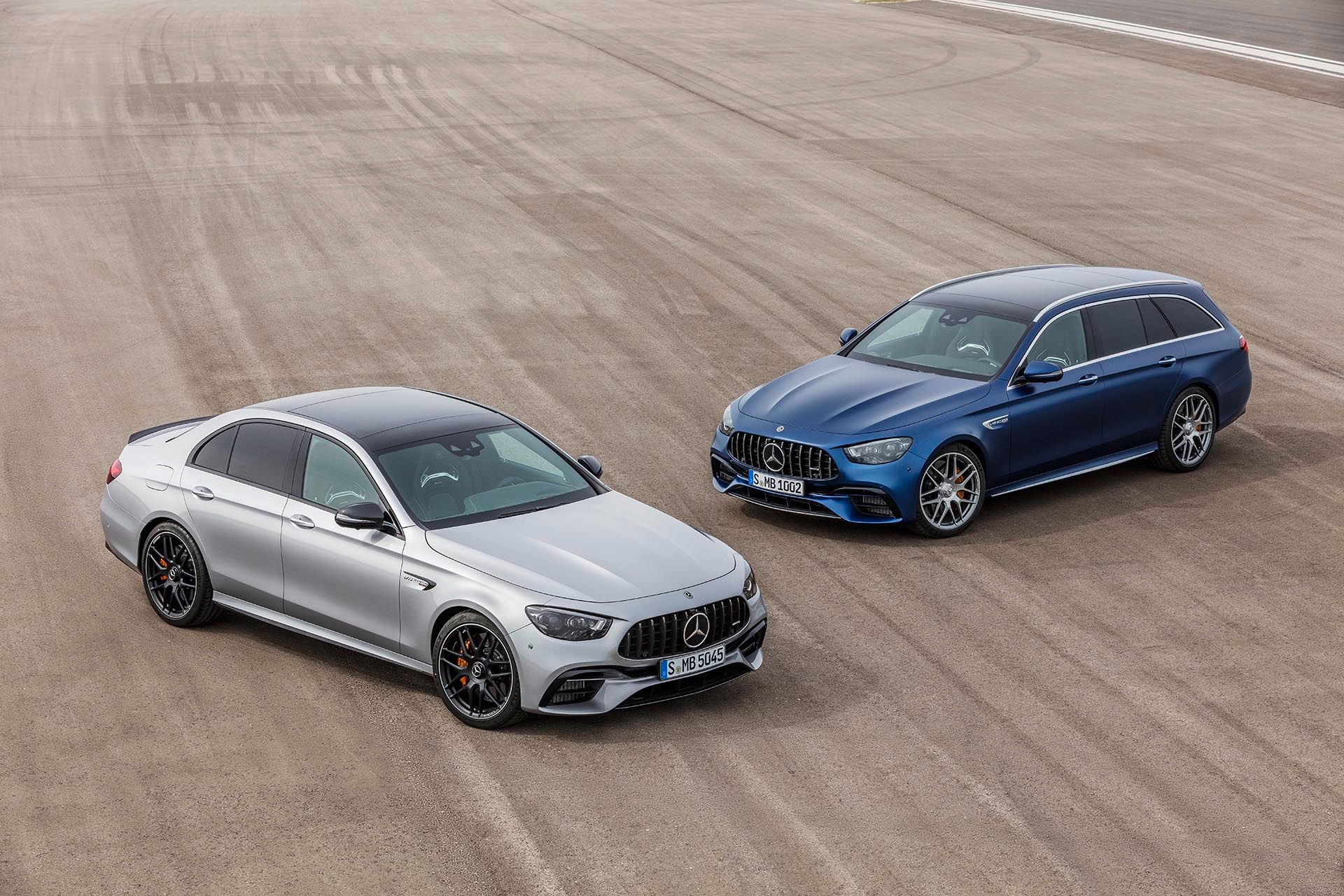
Select Mercedes-AMG vehicles feature 4MATIC+, an active AWD system that is more similar to Porsche PTS and BMW xDrive. An active electro-mechanical locking multi-plate clutch system is employed to handle the torque distribution between the front and rear. Mercedes was also thoughtful enough the include a ‘drift mode’ on these models, allowing 100% of the tire-shredding torque to go to the rear, with a fully disengaged front axle. Mercedes 4MATIC+ also changes how it manages power depending on the AMG DYNAMIC SELECT drive program in use.
With the proliferation and adoption of all-wheel drive systems across all the major German and European makes and most models, it’s clear that AWD is no gimmick and is truly here to stay. What’s more, thanks to advances in technology, modern AWD systems are not just for traction in snow and over rough terrain but also for driving enthusiasts. As technology continues to progress and these systems become even more reliable and more capable, we don’t expect to see any of these manufacturers dropping the option from their model lineups.
German & European Manufacturer Models With AWD
Audi Quattro Models |
||
|
|
|
Audi Quattro Models with Haldex |
||
|
|
|
Volkswagen 4MOTION Models |
||
|
|
|
Volvo AWD Models |
||
|
|
|
MINI Cooper All4 Models |
||
|
|
|
Porsche Traction Management AWD Models |
||
|
|
|
BMW xDrive AWD Models |
||
|
|
|
Mercedes-Benz 4MATIC Models |
||
|
|
|
If you have any questions about German and European AWD systems, leave them in the comments section below.

